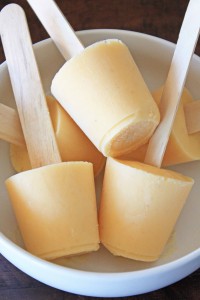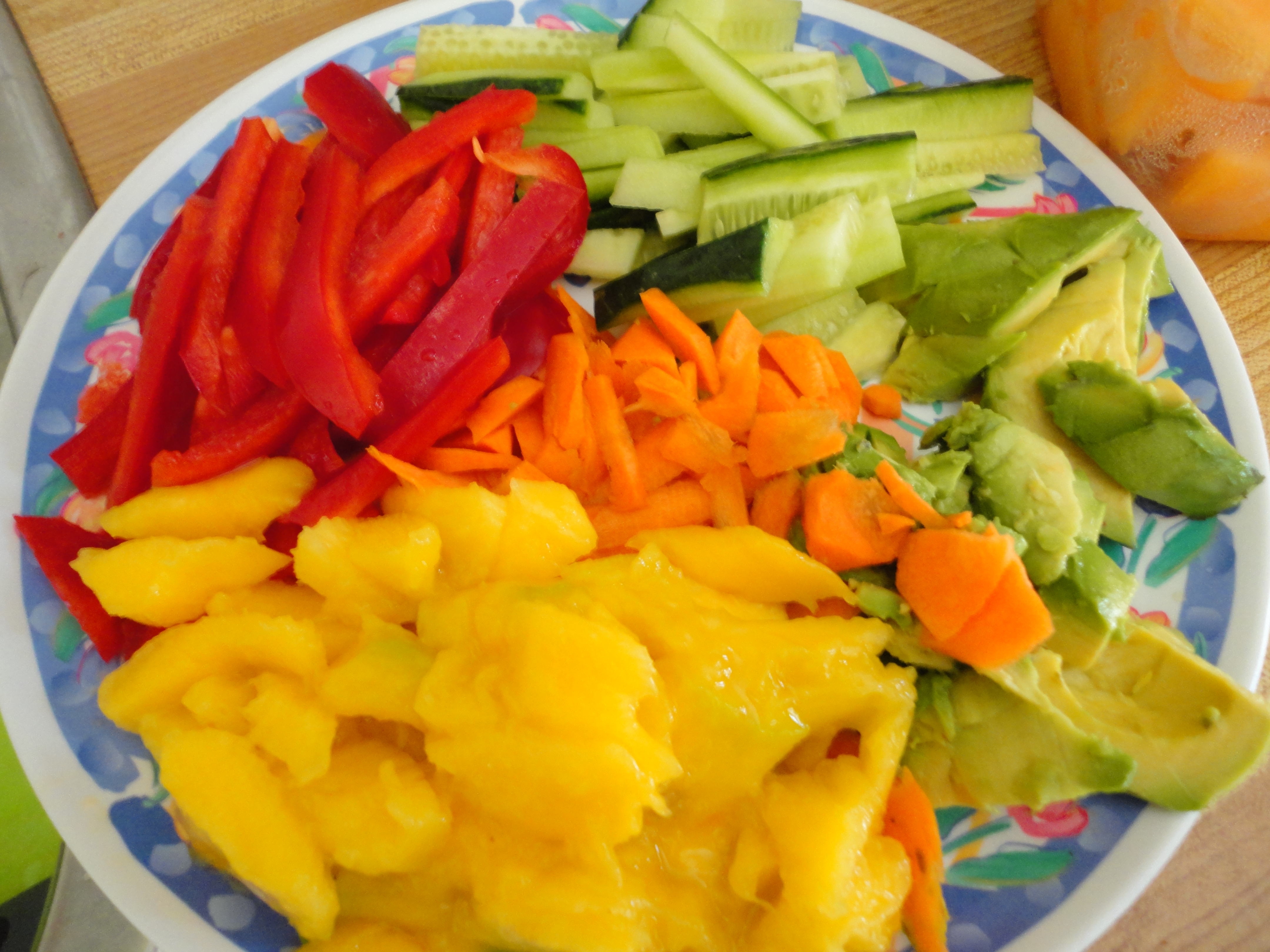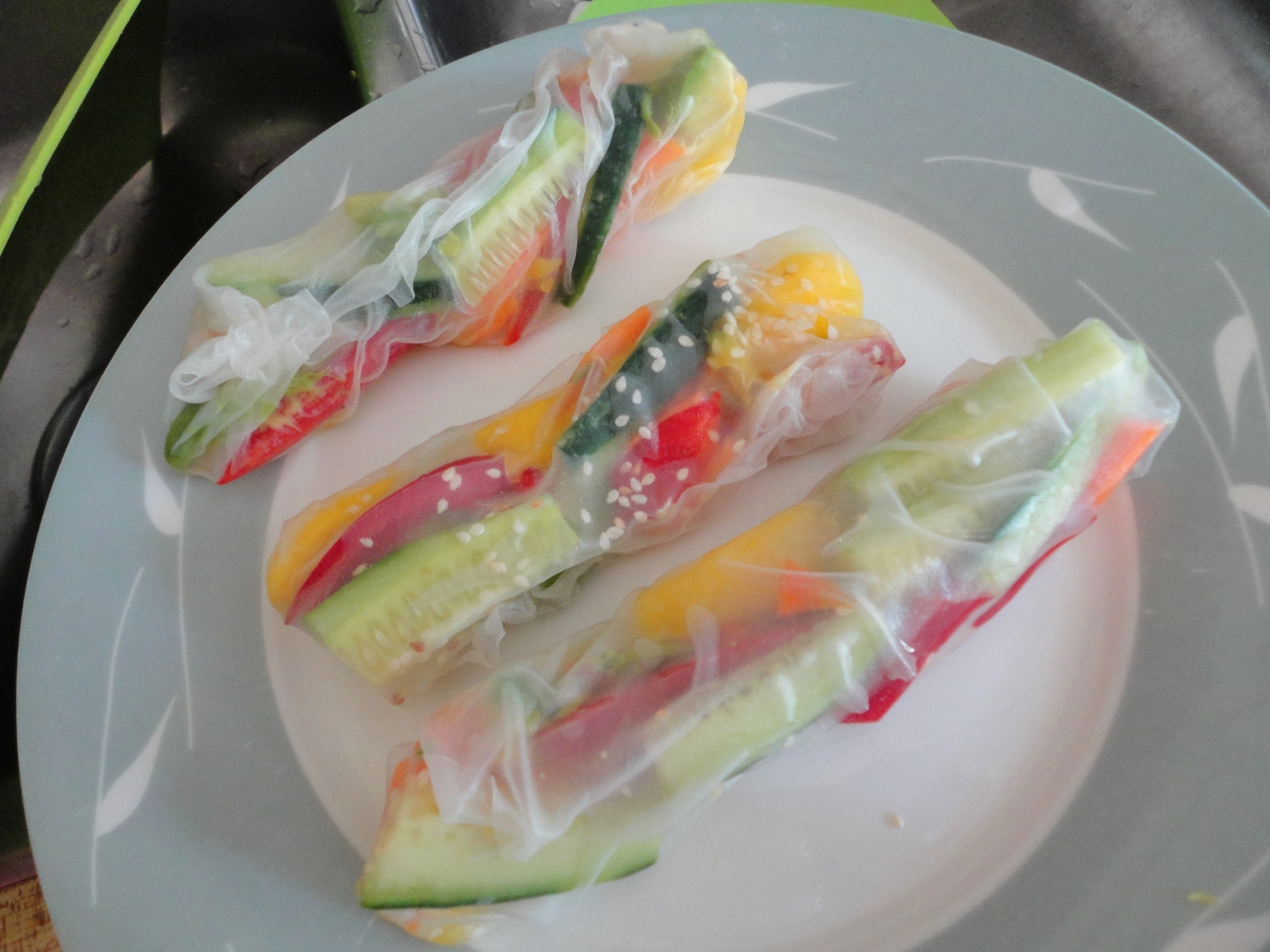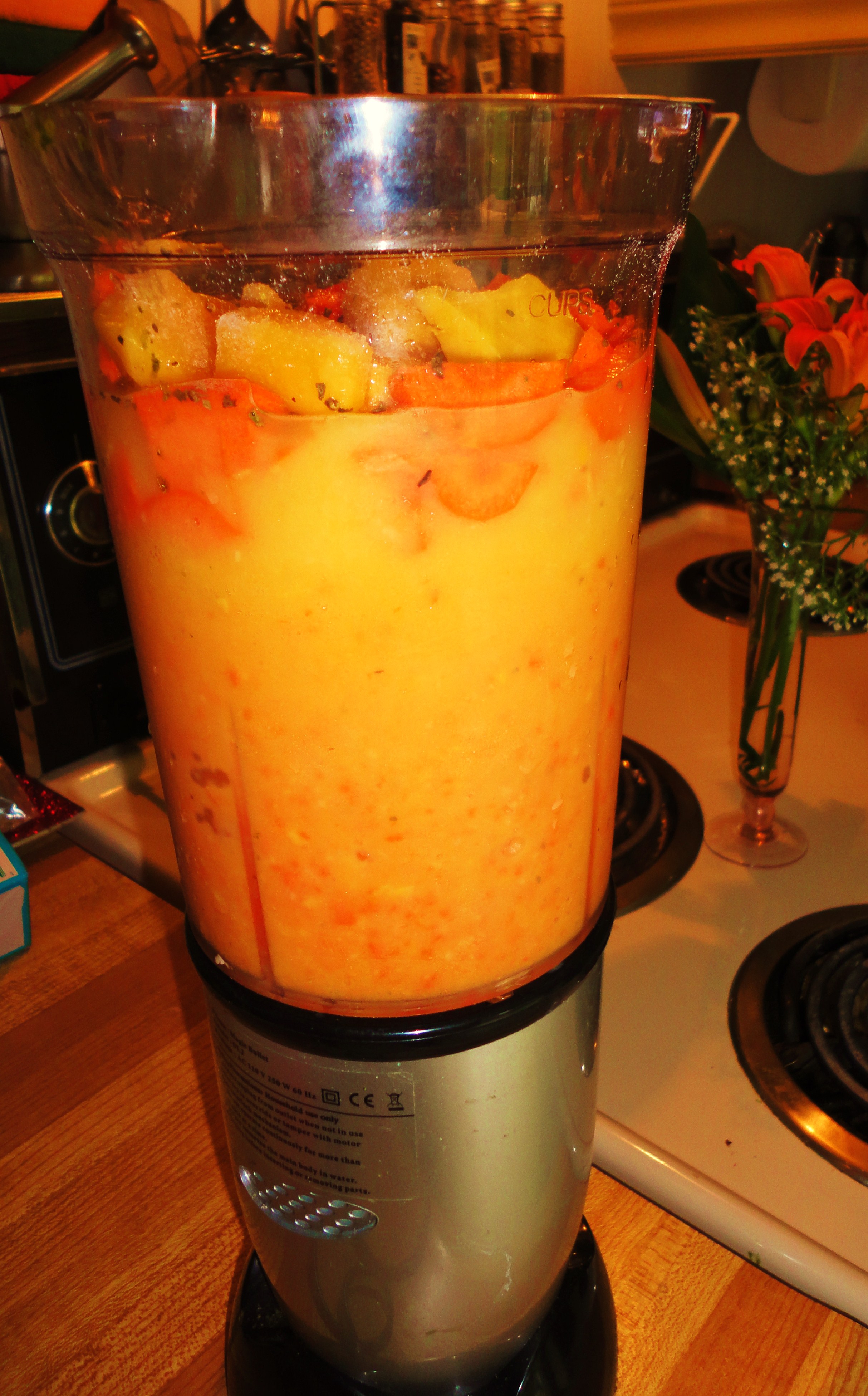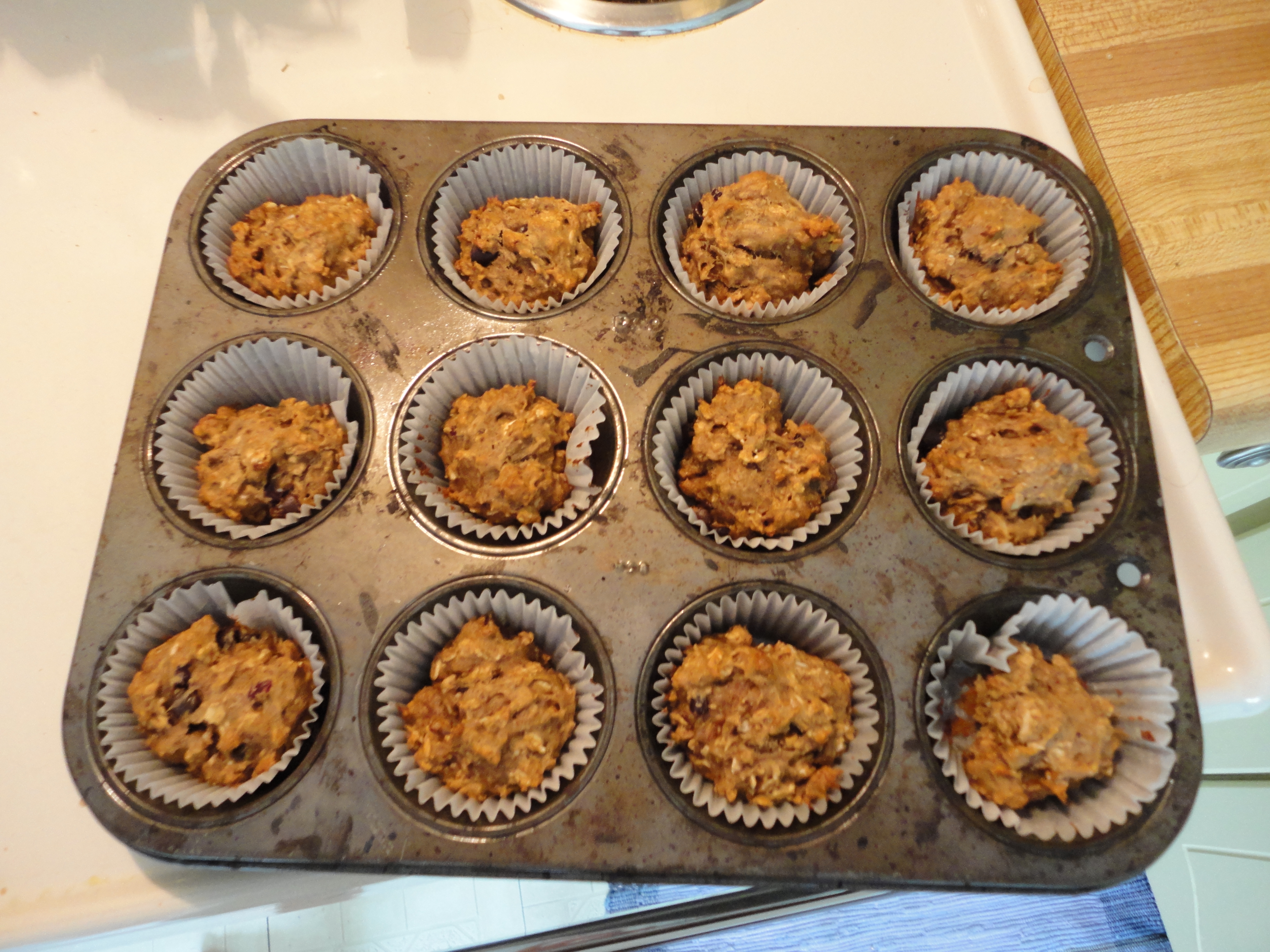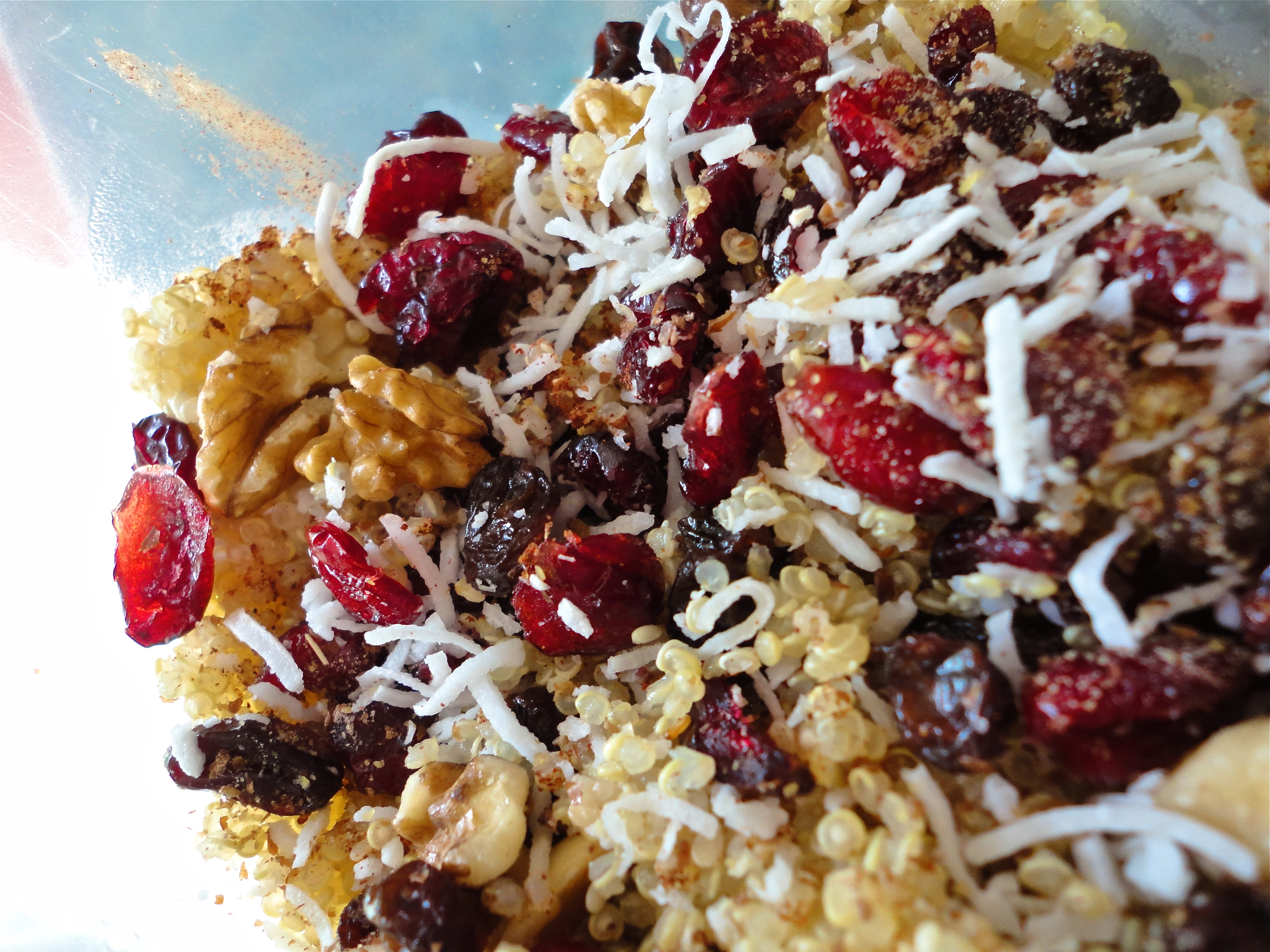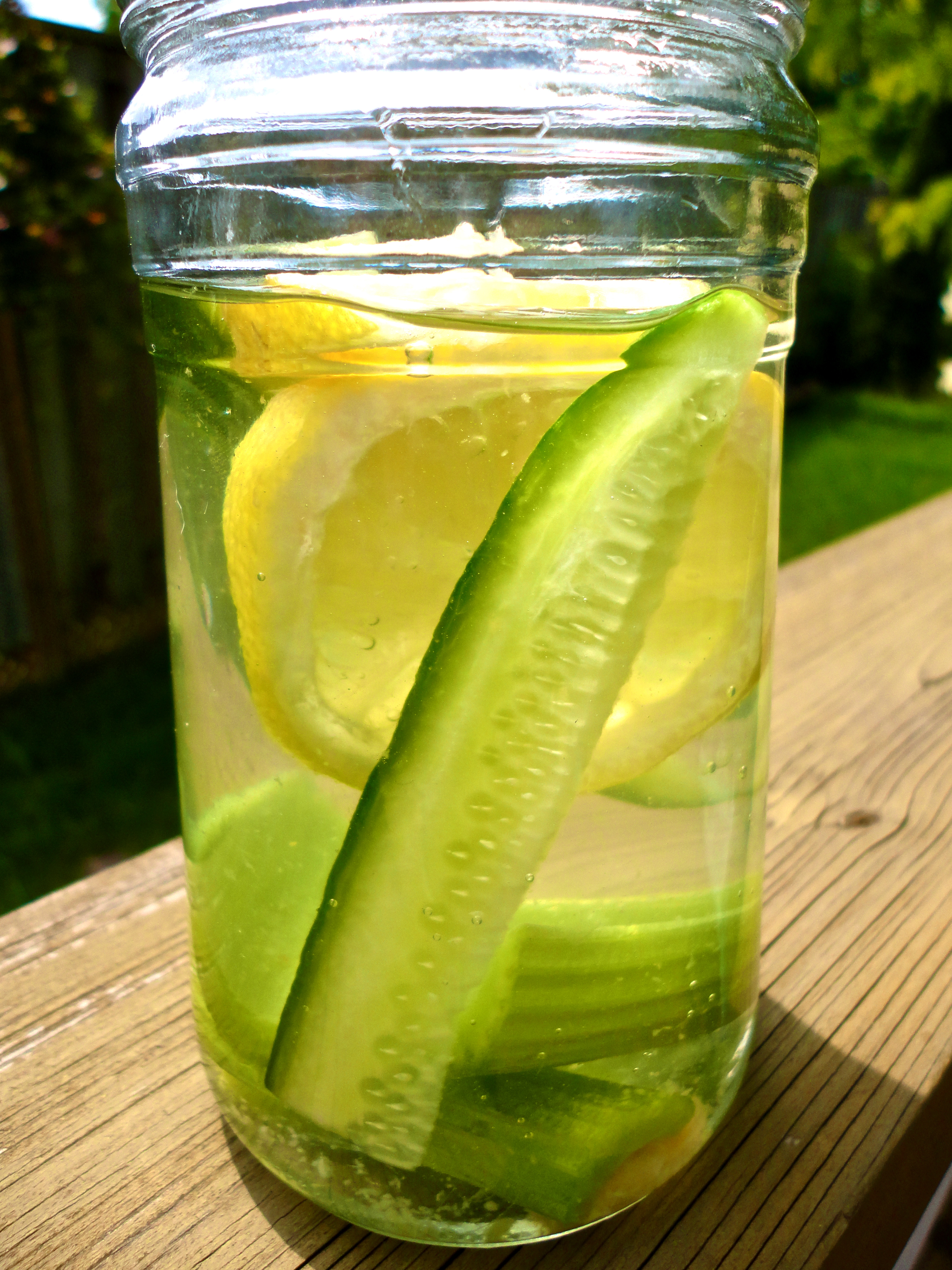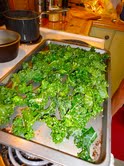I came across this article the other day and thought I would share it with you all.
This interesting for anyone looking to minimize their meat intake and/or increase their protein.
I personally have been a vegetarian on and off for the past 2 years and now am what they call “Pescatarian” meaning I eat seafood and dairy (although I like to stay away from it if I can) but remain meat free. I made the choice to become a vegetarian after studying nutrition, agriculture and livestock production in university. For those of you looking to research more into the benefits of becoming a vegetarian I suggest watching Food Inc, Earthlings and reading the book Crazy Sexy Diet – as they all provide different perspectives regarding the meat industry and meat consumption as a whole. As the attached article illustrates, being a vegetarian or minimizing your meat intake does not mean you have to deprive yourself, but instead allows you to be creative and enjoy the many alternatives that are out there!
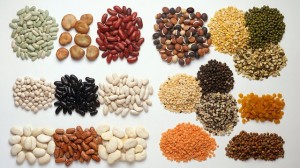 Article extracted from:
Article extracted from:
http://abcnews.go.com/Health/w_DietAndFitnessResource/super-healthy-vegetarian-protein-sources/story?id=16477525#.T-sUR_Xhe7I
According to the United Nations, the meat industry produces more greenhouse gases than the world’s plane, train, and automobile fleets combined. So if you’re looking for a way to please The Lorax and stay well fed, start getting more of your protein from plants and reduce the amount of meat in your diet, especially the factory-farmed meat that’s widely available in supermarkets.
It’s not just good for the planet, it’s healthier for you, too. Harvard scientists recently completed a study finding that eating a single serving of red meat each day increases your risk of early death, and factory-farmed chicken, often touted as a healthier alternative to beef, can be contaminated with e. coli bacteria that can give you urinary tract infections.
The idea that protein only comes from meat is a myth. Nearly all foods contain small amounts of protein, and it’s very easy to get your daily protein requirements from beans, grains, nuts, and certain green vegetables, which have less cholesterol and fat than meat and are usually cheaper, to boot. The Centers for Disease Control and Prevention recommends that women get 46 grams (g) of protein each day and that men get 56 g.
Beans and Lentils
Protein Content: beans, 12 to 14 g per cup cooked; lentils, 18 g per cup cooked
Beans and lentils are the cheapest source of protein out there. So whether you prefer kidney, garbanzo, white, black, or pinto beans, “Buy lots of cans of beans, rinse and drain them to remove 40 percent of the sodium, and use them in everything,” suggests Dawn Jackson Blatner, author of The Flexitarian Diet: The Mostly Vegetarian Way to Lose Weight, Be Healthier, Prevent Disease, and Add Years to Your Life. “White beans taste delicious in pasta: garbanzo or edamame in stir-fries; black beans and pinto in burritos, tacos, and quesadillas; and lentils or kidney are great in salads and whole grain pita lunches.”
To avoid bisphenol A, or BPA, a hormone-disrupting chemical, found in metal canned foods, buy Eden Organics brand (the company uses cans without BPA in their liners), look for frozen beans, or buy dried ones and cook them accordingly.
Nuts and Seeds
Protein Content: Nuts, 3 to 7 g per 1/3-cup serving, depending on the type (peanuts and pine nuts have the most); Seeds, 2 to 5 g per 1/3-cup serving, depending on type
Almonds, walnuts, pecans, pistachios, cashews, and pine nuts are all good vegetarian protein sources. “Try a sprinkle of chopped nuts on everything from oatmeal to yogurt to salad, and nut-based dressings are healthy and delicious,” says Blatner. On the seed side, Blatner recommends pumpkin, sesame, and sunflower. “I particularly like seed butter, such as sunflower seed butter, on toast with an apple for breakfast,” she says.
Chia Seeds
Protein content: 4g per ounce.
Though the protein content isn’t as high as some other vegetarian foods out there, chia seeds pack a huge nutritional punch. For starters, they’re an incredible fiber resource with nearly half (11 g) of the amount you need every day in a single ounce. That helps fill you up and eat fewer calories. They also contain 18 percent of your daily calcium requirement, more than triple that of milk, which helps your bones. Chia seeds have no flavor, so you can add a tablespoon to any food you wish to without altering its flavor, and unlike flax, chia seeds don’t need to be ground in order for your body to absorb all the nutrients.
Tofu and Tempeh
Protein Content: Tempeh, 18 g per serving; tofu, 8 g per serving
“I call tofu the veggie white meat, anything chicken can do, tofu can do, too,” says Blatner. “Tempeh [a fermented form of tofu] has a fabulous texture and is a great burger stand-in or perfect crumbled in chili or seasoned or broiled into a high-protein crouton on a salad.” Look for organic products to avoid genetically modified soy and hexane, a cancer-causing contaminant that has been detected in heavily processed, nonorganic soy products.
If you’re not a fan of tofu or tempeh, you can still reap the protein benefits of soy in soy milk (8 g per glass) and edamame (green soybeans, which have 17 g per cup). But do go easy on soy products, as too much can raise estrogen levels and wreak hormonal havoc in both women and men. Aim for one serving of tofu, soy milk or edamame per day.
Hemp
Protein Content: Seeds, 6 g per ounce; Milk, 2 g per cup
If you’re allergic to soy, or just freaked out by its estrogenic activity, hemp products are your next best bet. Sold as a dairy alternative or as seeds, hemp is one of very few plant proteins that supply you with all the essential amino acids, acids your body can’t produce on its own to build muscle and create more protein. The fatty acids in hemp seeds and hemp milk also boost your immune system, and the crop itself is highly sustainable, growing as fast as 10 feet in 100 days and naturally requiring very few pesticides.
Eggs
Protein Content: 6 g per egg
There’s a reason the incredible, edible egg is such a popular breakfast choice. The protein in eggs has the highest biological value, a measure of how well it supports your body’s protein needs, of any food, including beef. And the yolks contain vitamin B12, deficiencies of which are common in vegetarian diets and can cause attention, mood, and thinking problems while raising blood homocysteine levels, a risk factor for heart disease, dementia, and Alzheimer’s.
To get the healthiest eggs, find a local producer whose chicken flocks are small and feed off of grass, bugs, and organic grain; studies have shown that E. coli and salmonella contamination in eggs is directly related to the size of the flock.
Avocados
Protein Content: 4 g per avocado
All vegetables contain between 1 and 2 g of protein per cup, but avocados (which are technically fruits) surpass them all. Though 4 g may not sound like much, avocado protein contains all nine essential amino acids, the amino acids your body can’t produce on its own to build muscle and create more protein, in addition to heart- and brain-healthy omega-3 fatty acids.
There may even be a reason these fruits are in season during flu season. “Protein not only builds muscle and maintains organ structures, but is also needed to mount prompt, strong immune responses,” explains Carol S. Johnston, professor and director of the nutrition program at Arizona State University’s College of Nursing and Health Innovation. “You want to have adequate protein intake daily to have amino acids ready for immune protein synthesis at the time of infection.”
